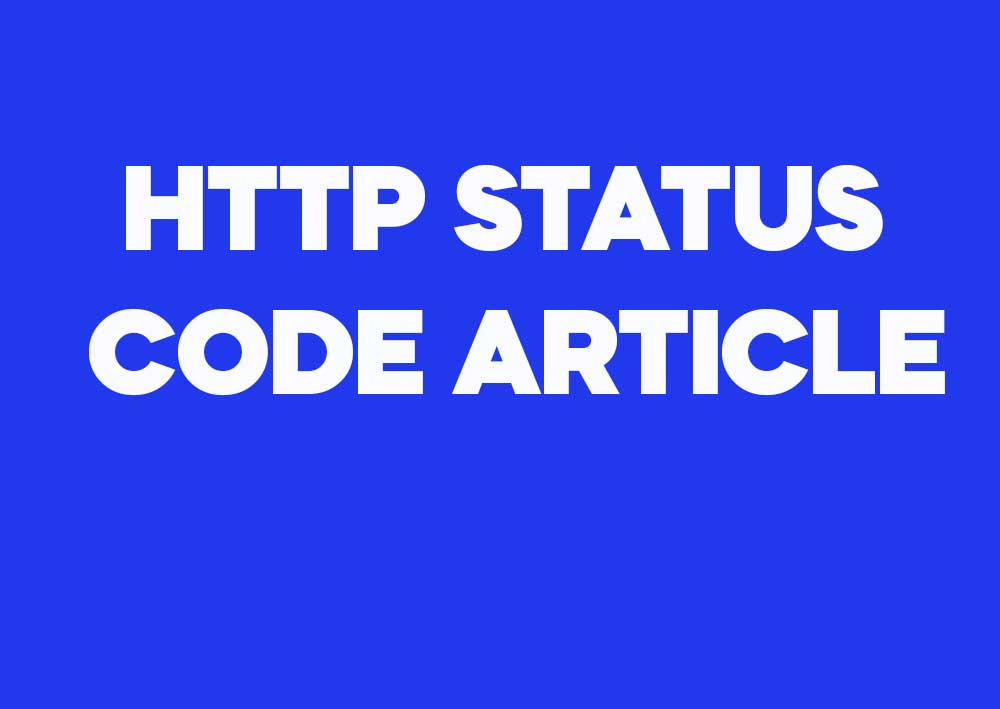HTTP Status Code 529 – The Service Is Overloaded
The HTTP status code 529 indicates that the server is temporarily unable to handle the request due to being overloaded. Unlike a server error, which implies something is broken, a 529 response suggests that the service is operational but is currently overwhelmed with requests.
This status code is not part of the official HTTP/1.1 standard defined by RFC 2616 but is used by some services as a way to notify clients to slow down their requests or try again later. It is similar in concept to the 503 Service Unavailable status code, but specifically indicates that the issue is related to overload rather than general unavailability.
Example 1: JSON API Response
HTTP/1.1 529 The Service Is Overloaded
Content-Type: application/json
Retry-After: 120
{
“error”: “Service Overloaded”,
“message”: “The server is currently overloaded. Please try again after 2 minutes.”
}
In this example, a JSON API responds with a 529 status code indicating that the service is overloaded. The `Retry-After` header suggests that the client should wait 120 seconds (2 minutes) before retrying the request. This helps manage client expectations and reduce server load over time.
Example 2: HTML Response
HTTP/1.1 529 The Service Is Overloaded
Content-Type: text/html
Retry-After: 300
<html>
<head>
<title>529 Service Overloaded</title>
</head>
<body>
<h1>Service Temporarily Overloaded</h1>
<p>Our servers are currently experiencing high demand. Please try again in 5 minutes.</p>
</body>
</html>
This example demonstrates how a web server might respond with a 529 status using an HTML page. The message informs the user that the service is temporarily overloaded and advises them to try again in 5 minutes, as indicated by the `Retry-After` header set to 300 seconds.
Example Scenario 3
# Client sends a request example.
GET /example HTTP/1.1
Host: www.example.com
# Server Response
HTTP/1.1 529 529 The Service Is Overloaded
Date: Wed, 09 Oct 2024 23:14:29 GMT
Server: ExampleServer/1.0
Content-Type: application/json
{
"error": "Description of the error for 529"
}
Example Scenario 4
# Client sends another example request.
POST /another-example HTTP/1.1
Host: www.example.com
# Server Response
HTTP/1.1 529 529 The Service Is Overloaded
Date: Wed, 09 Oct 2024 23:14:29 GMT
Server: ExampleServer/1.0
Content-Type: application/json
{
"error": "Detailed message for 529"
}
Summary
The 529 status code is used by some services to indicate that they are currently overloaded with requests. While not an official status code, it serves as a useful tool for letting clients know to retry later rather than assuming the service is down or broken. Including a `Retry-After` header can help improve user experience by providing guidance on when to attempt the request again.


